Civil Engineering Tools and Equipment
Important Point
Construction tools list for building construction works such as concrete, brick masonry, levelling, woodworks, floor works, slab works, bricklaying, plastering, etc. is provided.
Every construction tool is necessary to achieve good results in the whole project.
List of Construction Tools and Pieces of Equipment
Here we are show
| Sr.No. | Name of Material / Product | Image | Use / Application |
|---|---|---|---|
| 1. | Backhoe |
|
To excavate the earth up to 3m depth. |
| 2. | Binding Hook |
|
To tie the binding wire in reinforcement. |
| 3. | Block Plane (Wooden) |
|
This tool is used in Door and window wood works. |
| 4. | Bolster |
|
Bolster is like chisel but it is used to cut bricks. Its cutting edge is wider than the width of brick. It is useful for accurate cutting of bricks. |
| 5. | Boning Rod |
|
Boning rods are made of wood and they are T shape. They are used to level the excavated trench throughout its length. Minimum three boning rods are used to level the trench surface. |
| 6. | Brick Hammer |
|
Brick hammer is used to cut the bricks and also used to push the bricks if they come out of the course line. |
| 7. | Bulldozer |
|
A bulldozer is a crawle with a substantial metal plate used fitted to push large amounts of soil, sand, dirt or other materials when construction or remodeling and usually push on the back with a claw mechanism to loosen densely-compacted materials. |
| 8. | Bump Cutter / Screed |
|
This tool is used to level fresh concrete surface especially in slab concrete. |
| 9. | Chisel |
|
To remove the settled mortar from the floor. |
[the_ad id=”39531″]Also, read: How to Building Construction Process Step by Step
| Sr.No. | Name of Material / Product | Image | Use / Application |
|---|---|---|---|
| 10. | Circular Saw |
|
To cut the Steel rods and wood materials. |
| 11. | Concrete Mixer Trucks |
|
To transport the RMC from plant to site. |
| 12. | Cordless Drill |
|
This tool is used to make pilot holes, replacing jumper (special type of drill should be used while drilling concrete). |
| 13. | Core Cutter Machine |
|
To cut the concrete at particular diameter. |
| 14. | Crow Bar |
|
To remove the nails from shuttering board. |
| 15. | De-Watering Pump |
|
To de-water the seepage water. |
| 16. | Digging Bar |
|
To dig & loose the soil. |
| 17. | Dozer |
|
To level the earth surface. |
| 18. | Drilling Machine |
|
To make a hole in steel or wooden surface. |
| 19. | Dumpers |
|
A dump truck is a vehicle designed to transport bulk material, often in construction. It has a open jump ahead with the driver seat , and consist of a large boxlike body to contain materials. A dumper usually has 4 Wheels, where the entire load and the movement depends on. |
Also, read: Different Between Clamp Burning and Kiln Burning | What Is Clamp Burning | What IS Kiln Burning
| Sr.No. | Name of Material / Product | Image | Use / Application |
|---|---|---|---|
| 20. | Earth Rammer |
|
To compact the earth surface. |
| 21. | End Frames |
|
Their use is similar to the line and pins. But instead of pins, L shaped frames are used at the end of thread which hold the brick work effectively and level the alignment accurately. |
| 22. | Excavator |
|
To excavate the earth up to 5m depth. |
| 23. | Forklift |
|
To lift and transport materials. |
| 24. | Framing Hammer |
|
This tool is used to drive and remove nails. |
| 25. | Framing Square |
|
This tool is used in Brickwork, Plastering to check right angle. |
| 26. | Gloves |
|
Avoiding to direct contact with dangerous material or machinery. |
| 27. | Grader |
|
A grader is a construction machine with a long blade used to create a flat surface. It is commonly called in names such as road grader, a blade, a maintainer and motor grader,Graders are mostly been used in road construction for construction and maintenance of dirt roads and gravel roads. |
| 28. | Hammer |
|
To insert the nails into the board or wall. |
| 29. | Hand Drill |
|
This tool is used in hole in any material |
[the_ad id=”39531″]Also, read: What Is DLC (Dry Lean Concrete) | Advantge of DLC (Dry Lean Concrete )
| Sr.No. | Name of Material / Product | Image | Use / Application | |
|---|---|---|---|---|
| 30. | Hand Saw |
|
This tool is used in wood works and shuttering. | |
| 31. | Hand Vibrator |
|
This vibrator use small area vibrtion like column and beam. | |
| 32. | Head Pan |
|
To transport the material. | |
| 33. | Helmet |
|
The safety helmet should be necessary in construction works. Any material or structure may fall from height during construction work. So, to protect the head from injury or any fatal accident, this safety helmet should be used. | |
| 34. | Hoe |
|
To excavate the earth or to dig a trench. | |
| 35. | Hoist |
|
Hoist use of tie material and other normal woark. | |
| 36. | Hoist lift |
|
is a device for raising or lowering a load by means of a drum or wheel lift to which wraps the rope or chain. It can be operated by hand, is driven electrically or pneumatically, and the chain or wire rope fibers are used as lifting device. | |
| 37. | Hydra Crane |
|
To Lift the heavyweight items. | |
| 38. | Scoop |
|
This use in QC department for material | |
| 39. | Jack Hammer |
|
To break stone or concrete. |
[the_ad id=”39531″]
| Sr.No. | Name of Material / Product | Image | Use / Application |
|---|---|---|---|
| 40. | Jack Plane(M.S.) |
|
Jack plane is used in the wood work to smoothen the surface of doors and windows etc. |
| 41. | Ladder |
|
Ladder is also required in construction works. To check slab work, to transport material to the higher floors, to paint the walls etc. |
| 42. | Line and Pins |
|
Line and pins consists a thread whose ends are connected with two solid metal rods with pin points. It is used to level the alignment of brick course while brick laying. |
| 43. | Line Level |
|
This tool is used to check horizontal level in brickwork, plastering , flooring and tile works. |
| 44. | Mason’s Square |
|
Mason’s square is used to achieve perfect right angle at the corner of masonry wall. It is “L” shape. First course is laid properly using Mason’s square then based on the first, remaining layers of bricks are set out. |
| 45. | Masonry Trowel |
|
This tool is used to place cement mortar. |
| 46. | Measurement Tape |
|
To measure the length. |
| 47. | Measuring Box |
|
To measure the exact quantity while mixing the concrete or mortar. |
| 48. | Measuring Wheel |
|
To measure the length. |
| 49. | Mixer Machine |
|
To mix the material for preparing the concrete. |
[the_ad id=”39531″]Also, read: Requirements of Good DPC | Prevention of Dampness: Use of DPC | Methods of Damp proofing
| Sr.No. | Name of Material / Product | Image | Use / Application |
|---|---|---|---|
| 50. | Needle Vibrator |
|
To level and settle the fresh concrete while pouring the concrete into reinforcement. |
| 51. | Pick Axe |
|
Pick axe is used to excavate the soil. It is more suitable for hard soil which is quite difficult to dig with spade or hoe. |
| 52. | Pile Driller Machine |
|
To mark the spot level. |
| 53. | Plate Vibrator |
|
To dig the earth at deep./td> |
| 54. | Plumb Rule |
|
Plumb rule is used to check the vertical line of wall whether it is perfect vertical or not. It contains a straight wood board with uniform edges. On its center a groove is provided in which plumb bob is situated. When the rule is placed vertically with the wall the plumb bob should be in the groove line otherwise the wall will not be vertical. |
| 55. | Plumb Bob |
|
Using to check the surface vertical alignment. |
| 56. | Polisher |
|
This tool is used to smoothen the surface (wood or marble flooring). |
| 57. | Putty Knife |
|
Putty knife is used level the putty finishing and also used to reduce the thickness of finish when it is more thick. |
| 58. | Wier Brush |
|
This use cleaning of any material. |
| 59. | Rebound Hammer |
|
To check the Compressive strength of concrete at Site. |
[the_ad id=”39531″]Also, read: What Is Admixture | Types of Admixtures
| Sr.No. | Name of Material / Product | Image | Use / Application |
|---|---|---|---|
| 60. | Wooden Float |
|
To provide even surface while plastering |
| 61. | Road Header Machine |
|
A road header machine called a boom type road header. Road headers are advanced, self forced and extremely powerful rock cutting machines are designed to excavate roadways, tunnels and compartments continuously without using volatile. Powered electro hydraulically, they produce no fumes and are used extensively in mineral mining. |
| 62. | Road Roller |
|
To compact the earth. |
| 63. | Rubber Boots |
|
Avoiding direct contact with dangerous materials or machinery. |
| 64. | Safety Belt |
|
Should wear while doing work at heights. |
| 65. | Safety Googles |
|
Avoiding direct contact with dangerous materials. |
| 66. | Sand Screening Machine |
|
To sieve the sand. |
| 67. | Scratchers |
|
Plastering of a surface is carried out layer wise. Minimum 2 coats are necessary for plastering. To provide the good bond between the coats, bottom layer is scratched with a tool called scratchers. |
| 68. | Skid Steer Loaders |
|
A skid loader or skid-steer loader is a small rigid frame, engine-powered machine with lift arms used to attach a wide variety of labor-saving tools or attachments.Though occasionally they are equipped with tracks, skid-steer loaders are typically four-wheel vehicles with the wheels mechanically locked in synchronization on each side, and the left-side drive wheels can be driven independently of the right-side drive wheels. |
| 69. | Wheel Barrow |
|
To transport the materials inside the site. |
[the_ad id=”39531″]Also, read: Estimation for Building Works | Centre Line Method | Long and Short Wall or Out and in to in a method
| Sr.No. | Name of Material / Product | Image | Use / Application |
|---|---|---|---|
| 70. | Spade |
|
Used in masonry and plastering works to place the mortar. |
| 71. | Sprit Level |
|
To clean the dust from the floor. |
| 72. | Straight Edge Brushes |
|
To mark the spot level. |
| 73. | Tile Cutter |
|
This use of storage of water specific location. |
| 74. | Tower Crane |
|
Wedge is a small hard metal blade which is used to cut the rock surfaces with the help of sledge hammer. |
| 75. | Trenchers Cutter |
|
To joint the different pieces of steel. |
[the_ad id=”39531″]Also, read: Mortar Vs Grout | What Is Motor and Grout | Type of Motor and Grout | Difference Between Mortar and Grout
| Sr.No. | Name of Material / Product | Image | Use / Application |
|---|---|---|---|
| 76. | Trowel (Hand) |
|
Used in masonry and plastering works to place the mortar. |
| 77. | Vacuum Blower |
|
To clean the dust from the floor. |
| 78. | Water Level |
|
To mark the spot level. |
| 79. | Water Tanker |
|
This use of storage of water specific location. |
| 80. | Wedge |
|
Wedge is a small hard metal blade which is used to cut the rock surfaces with the help of sledge hammer. |
| 81. | Welding Machine Set |
|
To joint the different pieces of steel. |
Construction Tools
Hand tools, such as; screwdrivers, brushes, trowels, wrenches, knives, crimpers, clamps, and so on. Power tools, which may be powered by electricity, compressed air, liquid fuel, hydraulic power, or powder-actuated and might include; mixers, saws, cutters, drills, grinders, guns, breakers, and so on.
Like this post? Share it with your friends!
Suggested Read –
- How to Find House Construction Cost
- Mortar Vs Cement | Type of Cement | Type of Mortar
- Why Is Polymer Mortar/Concrete | Type of Polymer Mortar/Concrete
- Non-Destructive Testing of Concrete | Type of Non-Destructive Testing Concrete
- Difference Between Lime and Cement | What Is Lime (Hydraulic) | What Is Cement
- What Is Caisson Foundation | Types of Caisson Foundation | Advantage, Disadvantage, Application, & Construction of Caisson
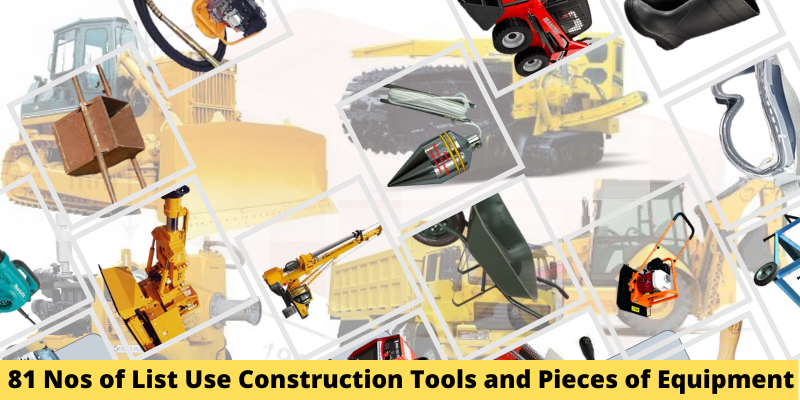
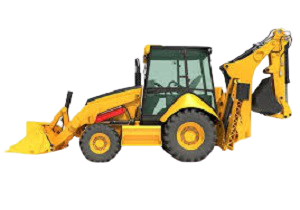
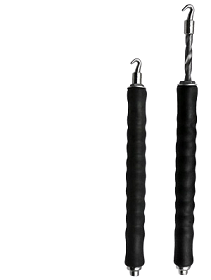
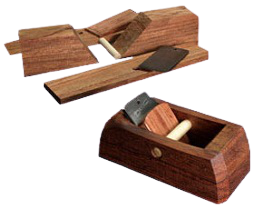
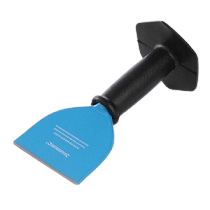
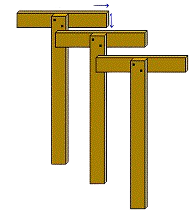
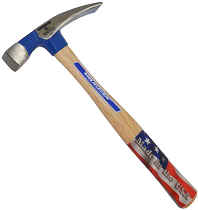
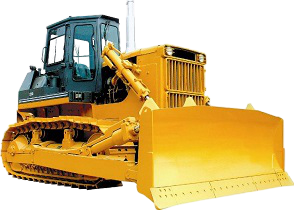
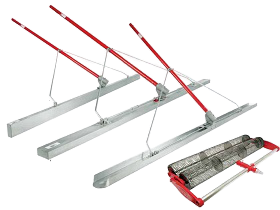
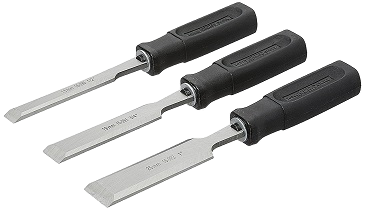
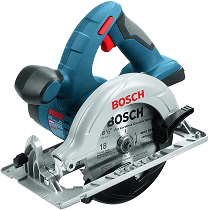
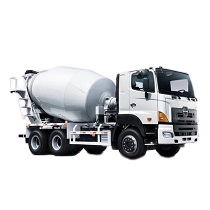

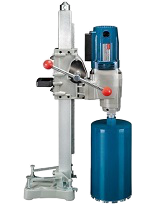
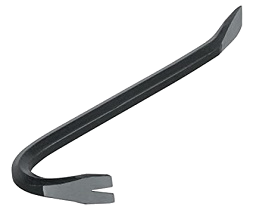
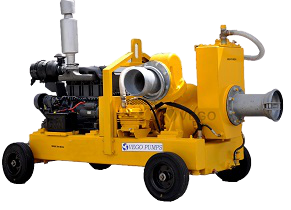
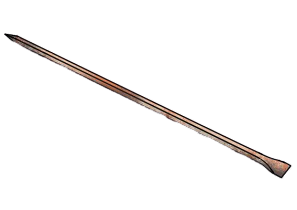
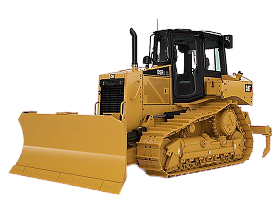
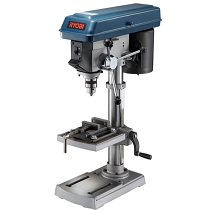
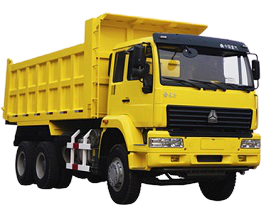
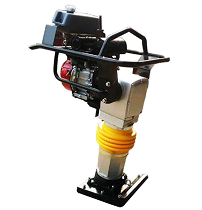
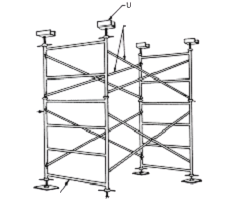
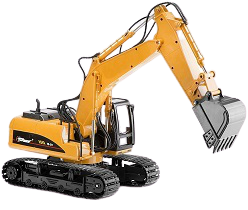
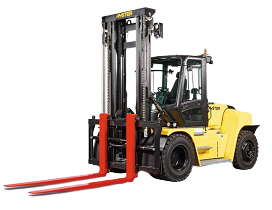
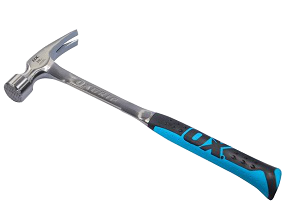
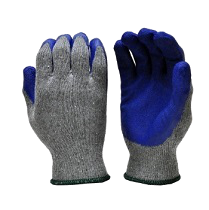
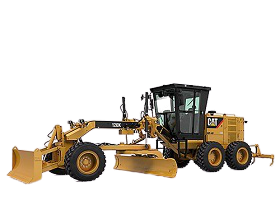
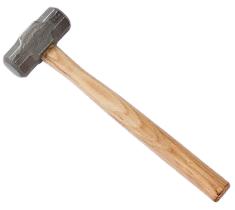
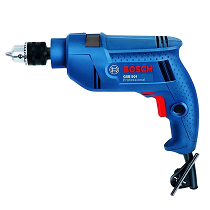
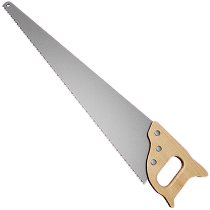
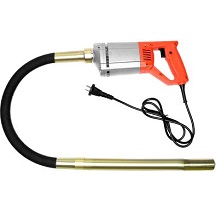
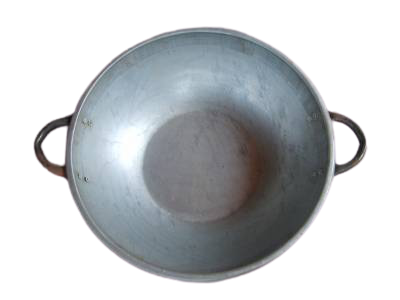
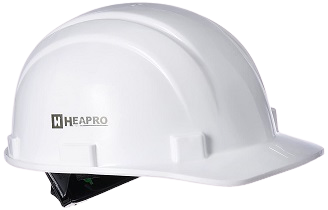
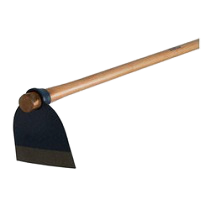
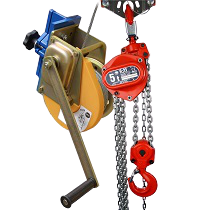
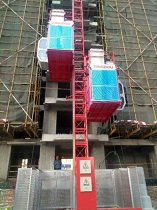
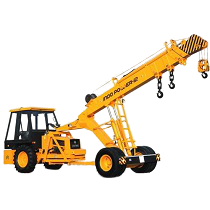
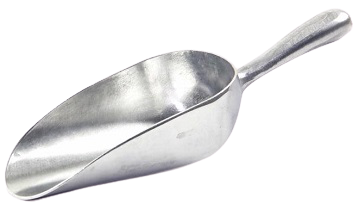
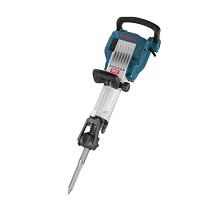
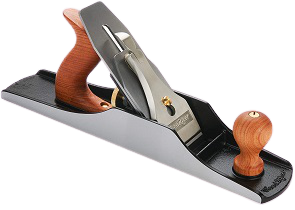
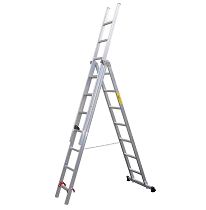
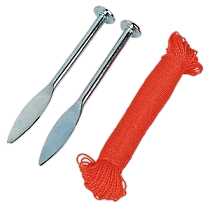
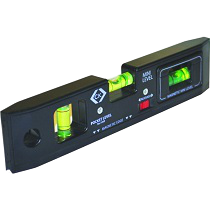
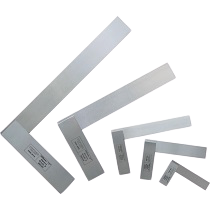
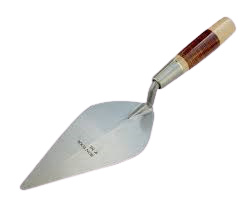
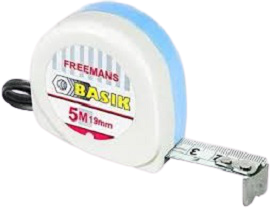
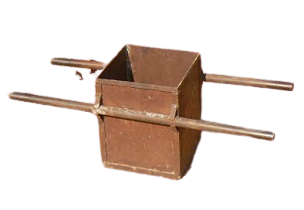
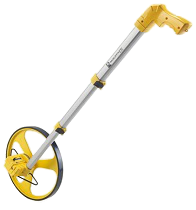
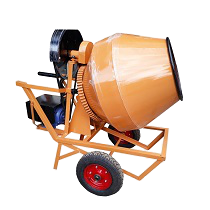
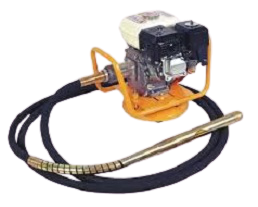

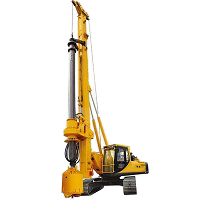
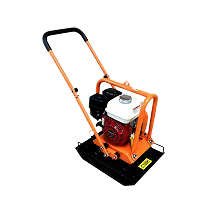
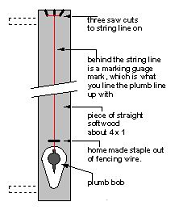
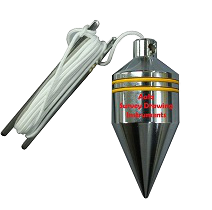
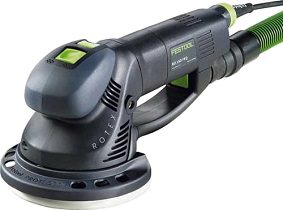
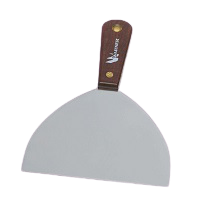
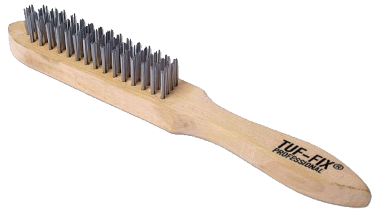
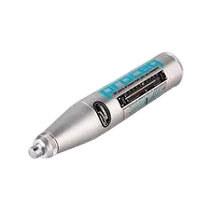
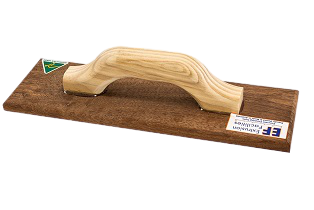
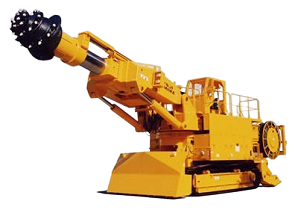
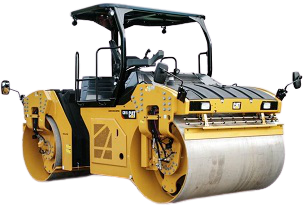
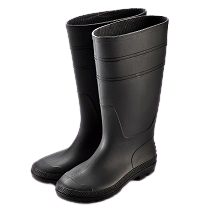
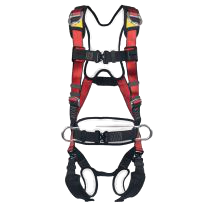
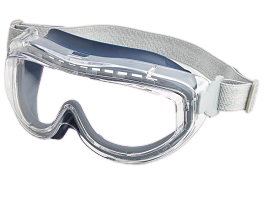
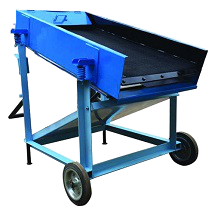
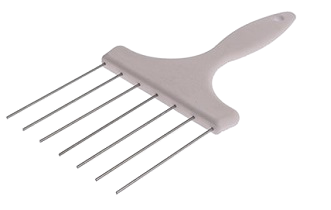
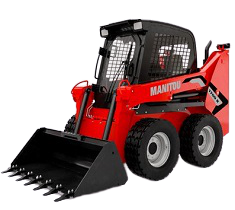
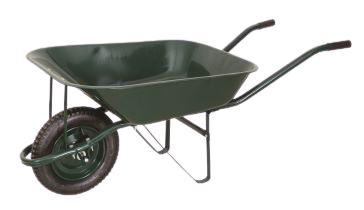
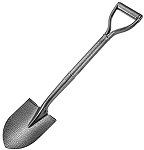
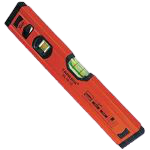
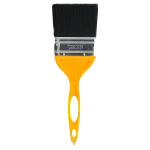
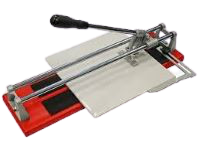
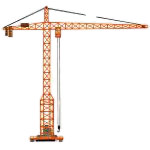
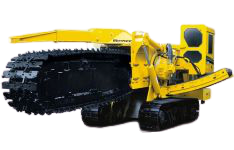
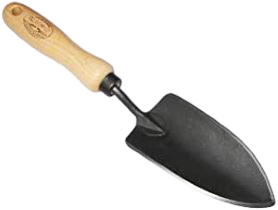
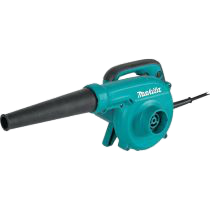
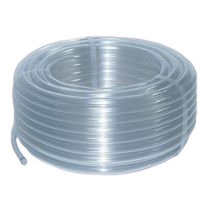

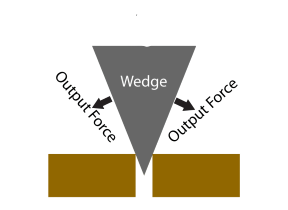
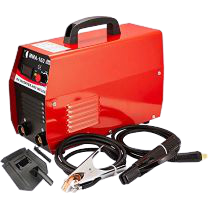

thanks sir
Thanks for sharing this posts they very useful to us. You made a great site and giving us such a good information on construction equipments it’s very interesting one. I am very satisfied with your site.
Really informative. All civil engineer need to know about all these tools. I appreciate the post for sharing
Thank u for the good work. I run a village technical school need to connect with u more n how can partner.
I got some materials’ name and their usage.
Thank you…
Most welcome
Thanks. I know a number of tools. This is really helpful.
most welcome
This is really very helpful information.
thanks
such a great and detailed list of engineering tools and equipment. Each product have been mentioned with the description. Many thanks for the educated post
thanks for the great article sir
This article is brimming with information about materials for the construction, hanging tight for more like this. It was knowingly more instructive. You may discover more insights regarding it here.
Yep, very useful.
I am heartily impressed by your blog and learn more from your article. Thank you so much for sharing with us. I find another blog as like it.
Very informative, thanks Krunal.
My dad is planning to renovate the rundown building his friend owns and turn it into a travel accommodations business. Thanks for this comprehensive list of construction or industrial equipment that he might need such as the backhoe that is used to excavate as deep as 3 meters of the ground. He might consider purchasing or hiring one depending on the condition of plumbing on the existing building.
polinaexport is an also mechanical tools and equipment’s manufacturers industry we offering many opportunities in2022
Your blog is excellent, and I learned a lot from your article. I appreciate you sharing this with us. I find a similar blog.
Construction tools list for building construction works such as concrete, brick masonry, levelling, woodworks, floor works, slab works, bricklaying, plastering, etc.